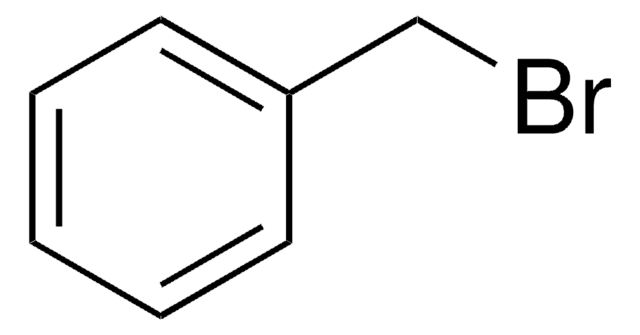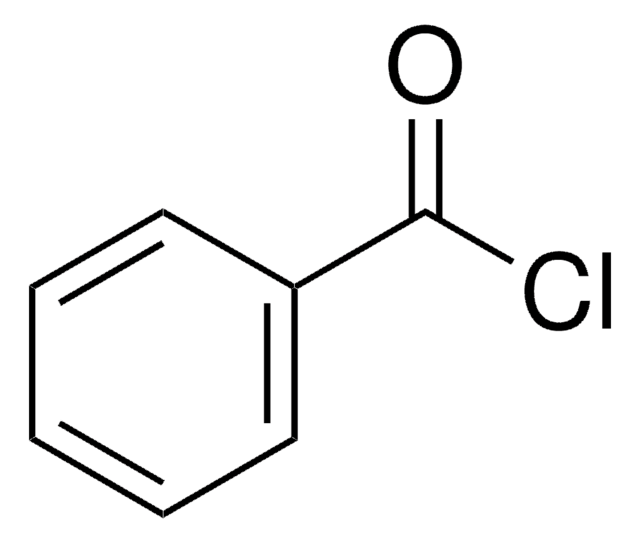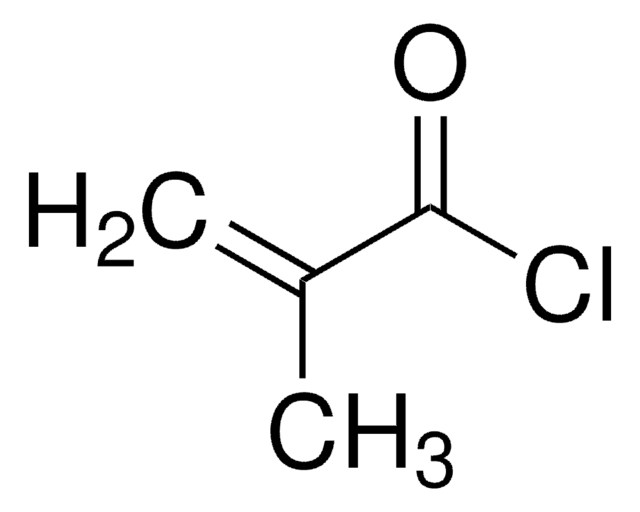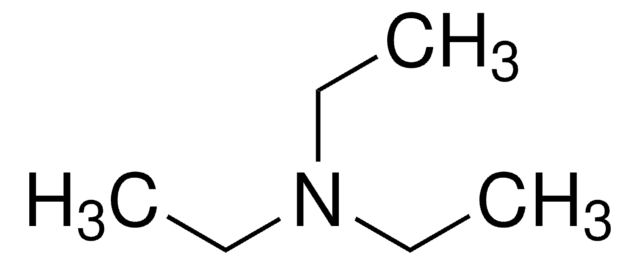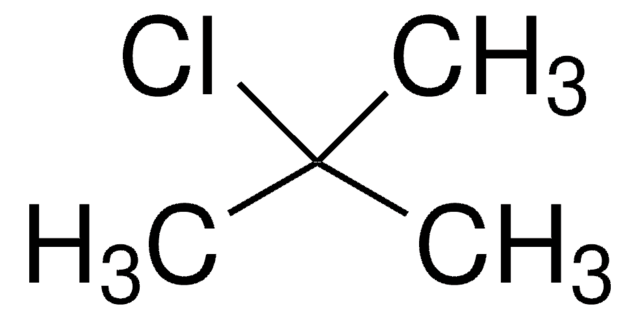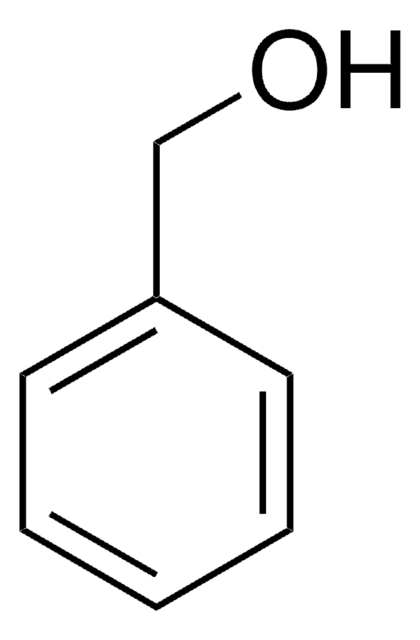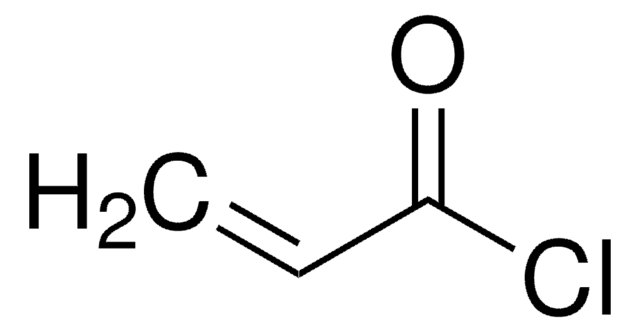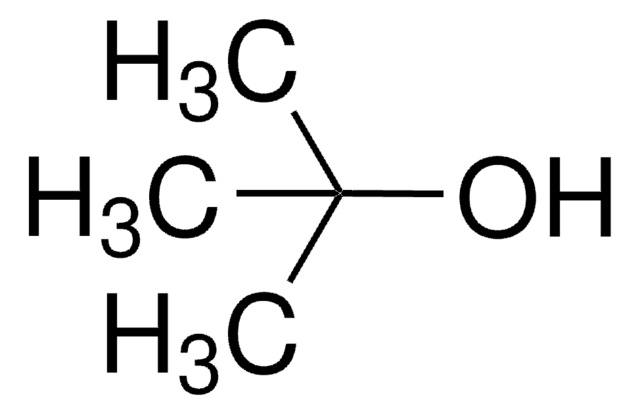185558
Benzyl chloride
ReagentPlus®, 99%, contains ≤1% propylene oxide as stabilizer
Synonym(s):
α-Chlorotoluene
About This Item
Recommended Products
vapor density
4.36 (vs air)
Quality Level
vapor pressure
10.3 mmHg ( 60 °C)
7 mmHg ( 55 °C)
product line
ReagentPlus®
assay
99%
form
liquid
autoignition temp.
1085 °F
contains
≤1% propylene oxide as stabilizer
expl. lim.
14 %
refractive index
n20/D 1.538 (lit.)
bp
177-181 °C (lit.)
mp
−43 °C (lit.)
solubility
0.46 g/L at 30 °C (Decomposes in contact with water)
density
1.1 g/mL at 25 °C (lit.)
SMILES string
ClCc1ccccc1
InChI
1S/C7H7Cl/c8-6-7-4-2-1-3-5-7/h1-5H,6H2
InChI key
KCXMKQUNVWSEMD-UHFFFAOYSA-N
Looking for similar products? Visit Product Comparison Guide
Related Categories
General description
Application
- A benzylating agent for the benzylation of benzene and other aromatic compounds.
- A reactant for the preparation of 4-methoxydiphenylmethane by Friedel-Crafts alkylation with anisole.
It can also be used to introduce the benzyl protecting group to alcohols and carboxylic acids by forming corresponding benzyl ether, and benzyl ester, respectively.
Legal Information
signalword
Danger
Hazard Classifications
Acute Tox. 3 Inhalation - Acute Tox. 4 Oral - Carc. 1B - Eye Dam. 1 - Muta. 1B - Skin Irrit. 2 - Skin Sens. 1 - STOT RE 2 Oral - STOT SE 3
target_organs
Respiratory system
Storage Class
6.1A - Combustible, acute toxic Cat. 1 and 2 / very toxic hazardous materials
wgk_germany
WGK 3
flash_point_f
152.6 °F
flash_point_c
67 °C
ppe
Eyeshields, Faceshields, Gloves, type ABEK (EN14387) respirator filter
Certificates of Analysis (COA)
Search for Certificates of Analysis (COA) by entering the products Lot/Batch Number. Lot and Batch Numbers can be found on a product’s label following the words ‘Lot’ or ‘Batch’.
Already Own This Product?
Find documentation for the products that you have recently purchased in the Document Library.
Customers Also Viewed
Our team of scientists has experience in all areas of research including Life Science, Material Science, Chemical Synthesis, Chromatography, Analytical and many others.
Contact Technical Service